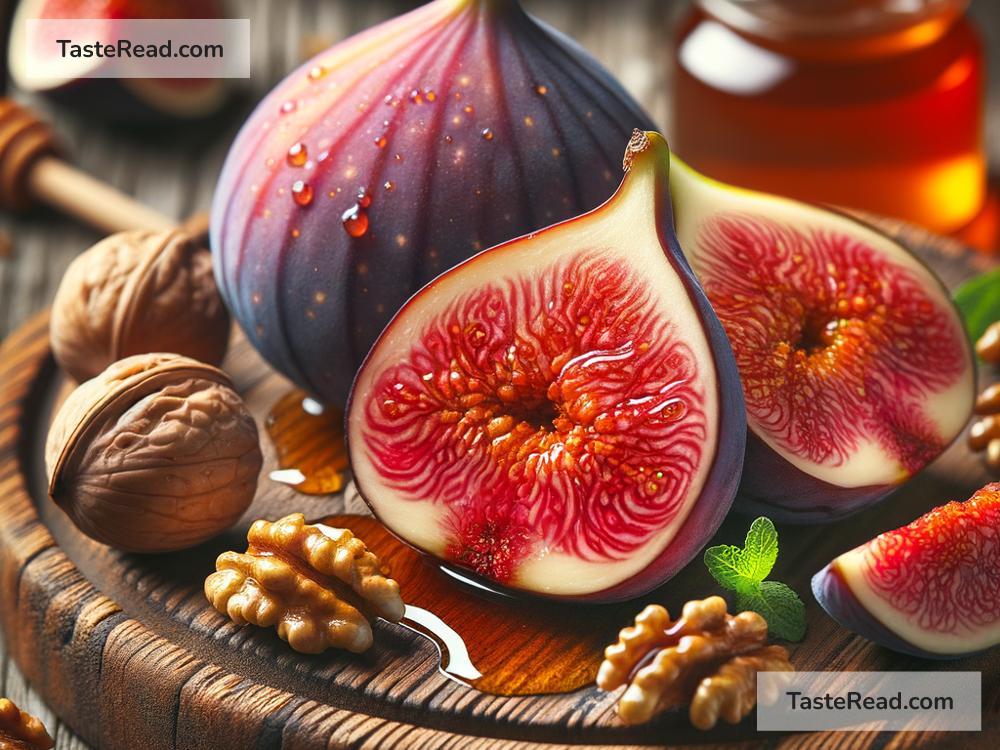The Truth About Figs and Their Natural Sweetness
Figs are fascinating fruits that have been enjoyed by people around the world for centuries. They are known for their rich flavor, unique texture, and delightful natural sweetness. But what makes figs special? Why do they taste so sweet, and do they have secrets hiding within their soft skin? Let’s uncover the truth about figs and their natural sweetness.
What Are Figs?
Figs come from the fig tree, scientifically known as Ficus carica. These trees grow in many warm regions, including parts of the Middle East, Mediterranean countries, and even areas of North America. Figs are not only delicious but also packed with nutrients that make them a great addition to any diet.
The fig fruit has a pear-shaped form and can range in color from purple to green, depending on the variety. Inside, the flesh is soft and full of tiny seeds, creating a unique experience when you bite into one. Their natural sweetness makes figs perfect for snacking, desserts, and even savory dishes.
Why Are Figs So Sweet?
If you’ve ever tasted a fig, you know how sweet they are. This natural sweetness comes from the fruit’s high sugar content. Unlike many fruits that rely on added sweeteners to enhance their flavor in processed products, figs are naturally sweet straight from the tree.
As figs grow and ripen, their sugar levels increase, creating their signature taste. If you’ve ever eaten a dried fig, you might notice that it tastes even sweeter than a fresh one. This is because drying figs concentrates their sugars, making them taste richer and deeper.
What’s even more incredible is that figs can be enjoyed just as they are, without any need for added sugar. This makes them a healthier alternative to sugary snacks and desserts. You can eat them fresh, dried, or even in jams and spreads.
The Strange Relationship Between Figs and Wasps
If you’ve heard rumors about figs containing wasps, don’t worry—it’s not as scary as it sounds. Figs have a unique way of growing and reproducing. Unlike many other fruits, figs are technically not a fruit at all—they are a syconium, a hollow structure that holds many tiny flowers inside.
Here’s where things get interesting. Some types of figs rely on a specific species of tiny wasps to pollinate them. These fig-wasps enter the fig to lay their eggs, and in doing so, they pollinate the fig’s flowers. In some cases, the wasp dies inside the fig, but the enzymes in the fig break down the wasp’s body. That means when you eat a fig, you’re not actually eating a wasp or parts of it! If this sounds strange, keep in mind that not all figs require wasp pollination—many varieties are grown without this process entirely.
Healthy Benefits of Figs
Figs are not just tasty—they’re good for you too! They are rich in vitamins, minerals, and fiber that help support overall health. Here are some of the key benefits of eating figs:
-
High in Fiber: Figs are excellent for digestion due to their high fiber content. Fiber helps keep your digestive system running smoothly, preventing constipation and promoting gut health.
-
Packed with Nutrients: Figs contain important vitamins like vitamin A, vitamin K, and B vitamins, as well as minerals like potassium, calcium, and magnesium.
-
Natural Energy Boost: Thanks to their natural sugars, figs provide a quick source of energy. This makes them a great snack option for athletes or anyone needing a pick-me-up during the day.
-
Supports Heart Health: The fiber and potassium in figs are believed to help lower blood pressure and support heart health.
-
Rich in Antioxidants: Figs, especially dried ones, contain antioxidants that help protect your body from damage caused by free radicals.
How to Enjoy Figs
Figs are incredibly versatile. You can eat them fresh, dried, or incorporate them into your favorite recipes for both sweet and savory dishes. Here are a few ideas:
- Fresh Figs: Slice them and add to salads, pair with cheese, or eat them as-is for a simple treat.
- Dried Figs: Use them as a natural sweetener in baking, enjoy them as a snack, or chop them up and sprinkle them over yogurt or oatmeal.
- Fig Jam: Spread fig jam on toast or crackers for a sweet, fruity flavor.
- Cooking: Figs pair beautifully with meats like pork, duck, and chicken. You can roast them with a little honey or balsamic vinegar for an elegant dish.
The Sweet Truth
Figs are more than just a sweet fruit—they’re a natural wonder. Their blend of history, unique biology, and health benefits make them an extraordinary addition to any diet. Whether you’re enjoying them fresh or dried, adding them to salads or baking them into desserts, figs are a delightful way to satisfy your sweet tooth without relying on processed sugars.
So the next time you bite into a fig, remember that you’re enjoying a fruit packed with nature’s sweetness, fascinating history, and plenty of healthful goodness. Give figs a try today—you might just discover your new favorite snack!


